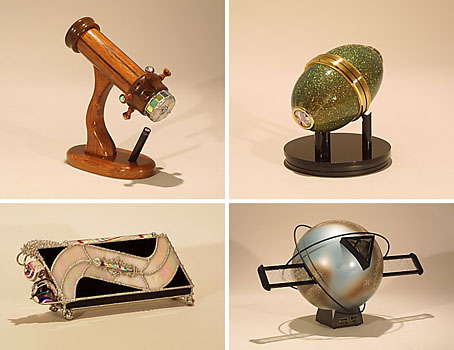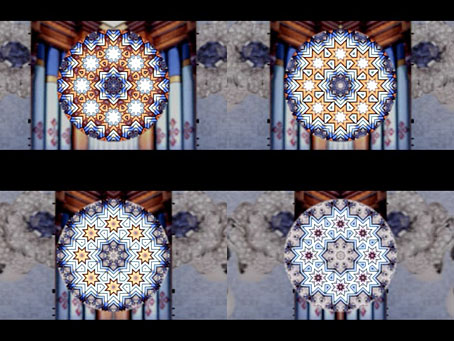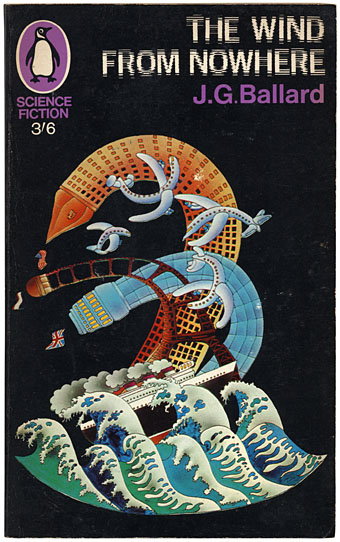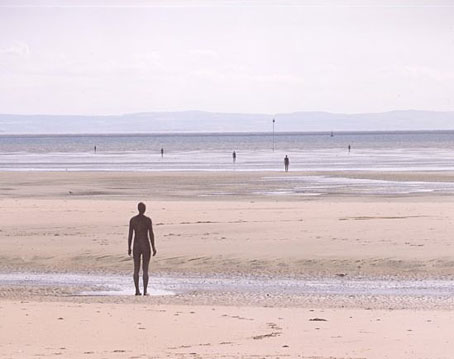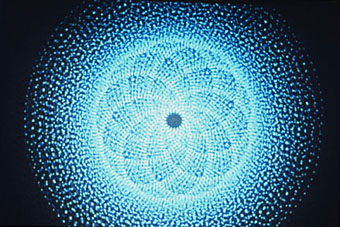
Lapis (1966).
Proof of the conservative nature of cinema as an artistic medium can be found in the way its abstract practitioners don’t merit anything like the attention received by Piet Mondrian or Jackson Pollock. In cinema narrative is all, and it’s ironic that when artists such as Julian Schnabel or Robert Longo turn to film they end up telling stories.
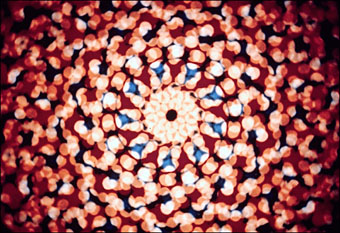
James Whitney’s Lapis (1966) is a classic work in this field, a 10-minute animation that took three years to create using primitive computer equipment:
In this piece smaller circles oscillate in and out in an array of colors resembling a kaleidoscope while being accompanied with Indian sitar music. The patterns become hypnotic and trance inducing. This work clearly correlates the auditory and the visual and is a wonderful example of the concept of synaesthesia.
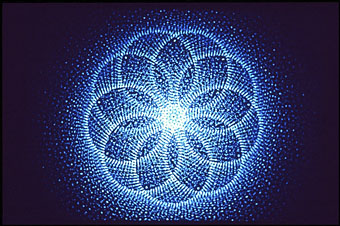
James and his brother John were pioneers of the use of computers in animation. Looking around for stills from Lapis turned up this fascinating page of early computer graphics:
In the early 1960s digital computers became available to artists for the first time (although they cost from $100,000 to several millions, required air conditioning, and therefore located in separate computer rooms, uninhabitable ‘studios’; programs and data had to be prepared with the keypunch, punch cards then fed into the computer; systems were not interactive and could produce only still images). The output medium was usually a pen plotter, microfilm plotter (hybrid bwn vector CRT and a raster image device), line printer or an alphanumeric printout, which was then manually transferred into a visual medium.
It’s difficult to see these films outside a special screening at a gallery or arts cinema. The Keith Griffiths documentary Abstract Cinema is an excellent introduction, including both Lapis and James Whitney’s Yantra among many other short works. However, this isn’t available to buy so viewing it means scouring TV schedules or waiting for some of these neglected works to turn up on YouTube. Gene Youngblood’s 1970 book Expanded Cinema discusses abstraction and the Whitneys and is available as a free PDF download here.
Update: Lapis on YouTube again, in full this time!
Elsewhere on { feuilleton }
• The abstract cinema archive

